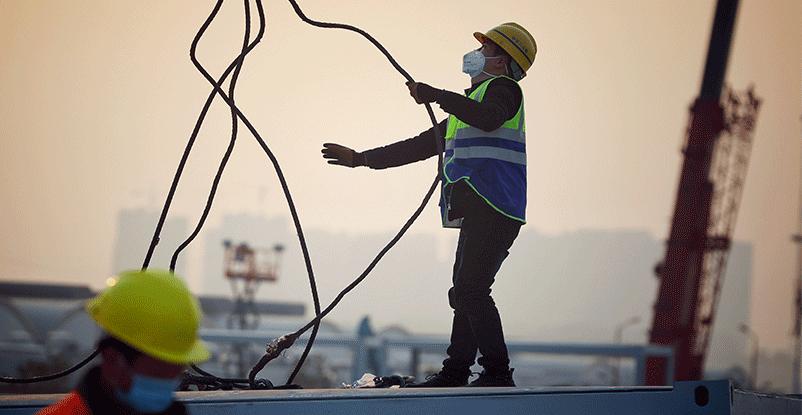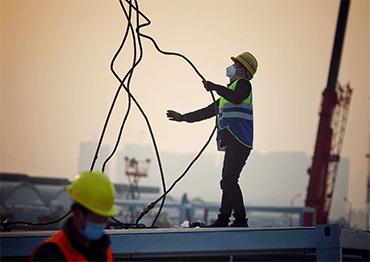Hubei began preparing for its return to economic normalcy in late February with the launch of a “health code” app. The phone app issues residents with a green, yellow or red QR code that when scanned at checkpoints shows their status as “pass,” “under quarantine” or “under medical treatment” based on personal information.
But the health code was not launched until March 6. The same day, Hubei saw its daily number of new Covid-19 cases drop below 100.
On March 9, the day before cities in Hubei except Wuhan were slated to resume production, the provincial government demanded that each city and district carry out different controls based on a State-issued guidebook that defined levels of Covid-19 risk.
However, when NewsChina called Hubei government officials to verify two documents circulating online that read two auto manufacturers were approved to resume production, the official claimed to have no knowledge of them.
The situation was not made clear until March 10 when Chinese President Xi Jinping visited Wuhan and called for “differentiated” and “conditional” resumption measures.
On March 11, Hubei’s new confirmed cases dropped below 10. The provincial government released a statement on its website saying it would resume production selectively. Essential businesses such as public transport, agriculture and important links in the global industrial chain would have priority, the announcement read.
“We were approved five days after submitting an application,” a head of a telecommunications company told NewsChina on condition of anonymity. Approval to resume production is handled at the district level by command centers for epidemic control and prevention.
“We showed the command center our stock [of protective gear] and could guarantee we would carry out prevention controls during production,” he said, adding the company also provided employees with single dormitory rooms and meals to help with quarantine measures.
But these high safety requirements have not only raised costs for factories, but also have made employees reluctant to return.
The telecom head said that only 20 percent of employees had come back to work on their first day of operation, but running at reduced capacity was better than nothing. What concerns him even more are logistics. Since transportation lines to Wuhan have not reopened completely, it takes longer to ship supplies. This will hinder production even more, despite having workers ready to go.
“Our stock of materials is really only enough for two weeks of production,” he told NewsChina.
Ye Xueping, director of the Institute of Economics, Hubei Academy of Social Sciences, told NewsChina that manufacturing and service industries which depend heavily on labor and logistics would not resume production completely until the lockdowns on Hubei and Wuhan were fully lifted.

 Old Version
Old Version
